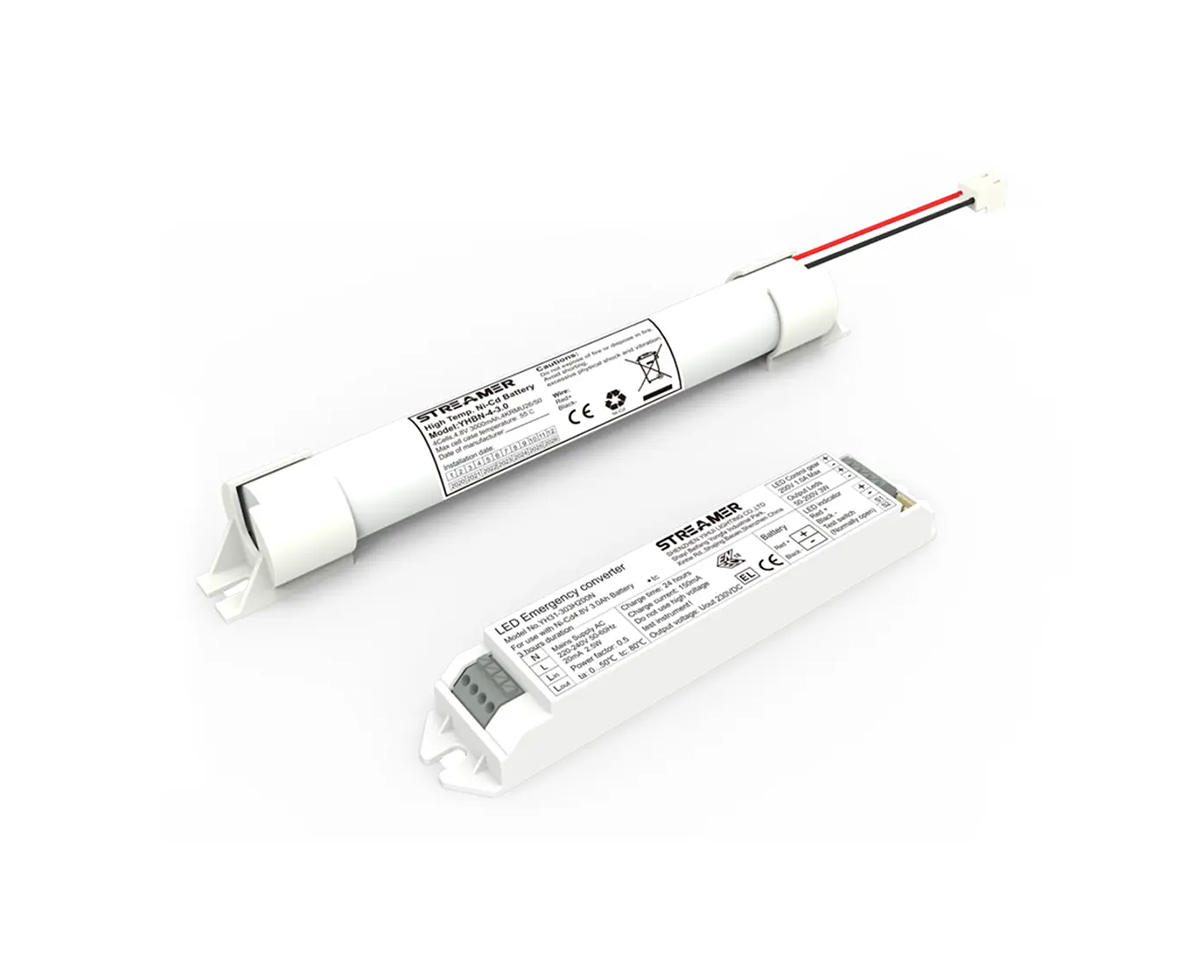 1
1
 Dec 12, 2024
Dec 12, 2024

When embarking on outdoor adventures, whether it's a hiking trip in the mountains, a camping expedition in the wilderness, or a boating adventure on a remote lake, an emergency drive is a vital piece of gear. In the wild, the availability of power sources is extremely limited. An emergency drive can power essential equipment such as GPS devices, allowing adventurers to navigate accurately and find their way back to safety. It can also keep flashlights and headlamps illuminated, providing visibility during the night or in dark caves and forests.
For camping, it can be used to power small cooking appliances, like portable stoves or electric kettles, enabling the preparation of hot meals and drinks. This is especially important in cold weather conditions where warm food and beverages can boost morale and maintain body heat. In case of an emergency, such as a medical situation, an emergency drive can power medical devices like portable defibrillators or oxygen concentrators, potentially saving lives.
Furthermore, in remote areas where communication is key, an emergency drive can power satellite phones or two-way radios, ensuring that adventurers can stay in touch with the outside world and call for help if needed. Outdoor emergency drives are often designed to be lightweight, durable, and weather-resistant. They can withstand the rigors of being carried in a backpack, exposed to rain, snow, and extreme temperatures. With an emergency drive in hand, outdoor enthusiasts can explore with greater confidence, knowing that they have a reliable power source to rely on in case of unforeseen circumstances.